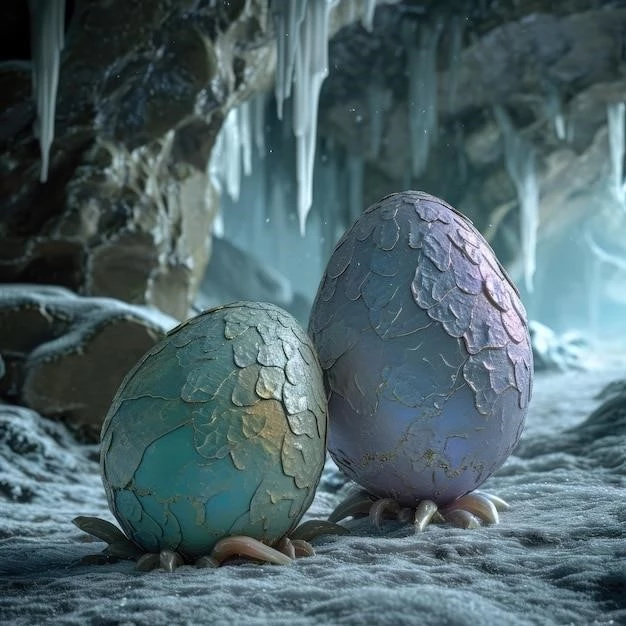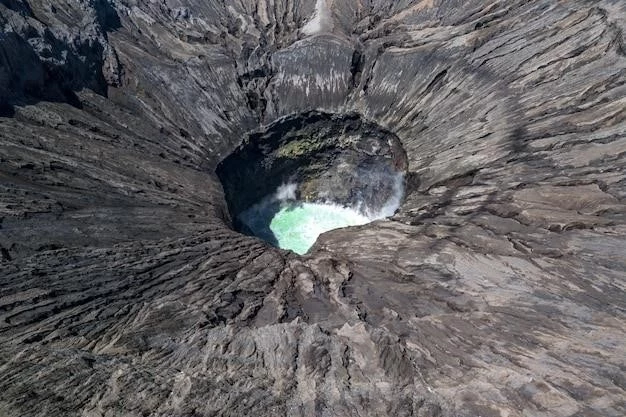The South Island of New Zealand is a place of incredible natural beauty, from towering mountains to pristine beaches. But tucked away on a stretch of coastline called Koekohe Beach, I encountered a sight that was as baffling as it was beautiful: the Moeraki Boulders.

An otherworldly encounter
Imagine walking along a windswept beach, the roar of the Pacific Ocean in your ears. As you round a bend, you see them: dozens of giant, spherical boulders scattered across the sand like marbles dropped by a giant. Some are clustered together, others stand alone, silhouetted against the crashing waves. This was the scene that greeted me at Koekohe Beach, and it felt like stepping onto another planet.
The boulders themselves are remarkably diverse. Some are perfectly smooth, while others are cracked and fissured, creating intricate patterns on their surface. Some are small enough to sit on, while others tower over you, weighing several tons. I couldn’t resist touching their cool, rough surfaces, trying to comprehend the immense forces that must have shaped them.
Legends and Lore
The Māori people, the indigenous inhabitants of New Zealand, have their own explanations for the existence of the Moeraki Boulders. According to legend, these boulders are the remains of eel baskets, gourds, and kumara (sweet potato) that washed ashore from the wreck of the Arai-te-uru, a large sailing canoe. The nearby rocky promontory is said to be the petrified remains of the canoe’s hull.
These legends added a whole other layer of intrigue to my experience. Standing there, surrounded by these enigmatic spheres, it was easy to let my imagination run wild and picture the dramatic scene of the shipwreck and the mythical figures involved.

The Scientific Perspective
Of course, there’s a scientific explanation for the Moeraki Boulders, and it’s no less fascinating than the legends. Geologists believe these formations are septarian concretions, formed over millions of years through a complex process of chemical precipitation and cementation.
Here’s a simplified breakdown of the process:
- Around 60 million years ago, during the Paleocene epoch, the area that is now Koekohe Beach was submerged beneath the ocean.
- Dead marine organisms, along with other organic matter, accumulated on the seabed and began to decompose.
- This decomposition process released chemicals, including calcium carbonate, which dissolved in the surrounding water.
- Over time, this dissolved calcium carbonate began to crystallize around a nucleus, which could have been anything from a shell fragment to a piece of wood.
- As more and more calcium carbonate accumulated, these concretions grew larger, eventually forming the massive boulders we see today.
- The distinctive cracks, or “septaria,” that crisscross the surface of many boulders are thought to have formed later, as the concretions dried and shrank.
Unanswered Questions
While the process of concretion formation is well understood, there are still some mysteries surrounding the Moeraki Boulders. For example, scientists are not entirely sure why some boulders are perfectly spherical, while others are more irregular in shape. Some theories suggest that the spherical boulders may have formed in areas with particularly strong currents, which would have rotated them as they grew, resulting in a more even distribution of minerals.
A Global Phenomenon
Interestingly, the Moeraki Boulders are not unique. Similar spherical concretions have been found in other parts of the world, including Bowling Ball Beach in California, USA, and Koutu Boulders in North Island, New Zealand. However, the Moeraki Boulders are some of the largest and most well-preserved examples of this geological phenomenon, which adds to their allure.
A Must-See Destination
My visit to the Moeraki Boulders was an unforgettable experience. It was a powerful reminder of the immense power of nature and the vast stretches of geologic time that have shaped our planet. Whether you’re drawn to the scientific explanation, the Māori legends, or simply the sheer beauty of these strange and wonderful formations, the Moeraki Boulders are a must-see destination for anyone visiting the South Island of New Zealand.
Here are some tips for your visit:
- The best time to visit is at low tide, when more boulders are exposed.
- Be careful when climbing on the boulders, as some are unstable.
- Take some time to explore the nearby Moeraki village, which has several cafes and restaurants.
- Don’t forget your camera! The Moeraki Boulders make for some truly stunning photographs.










